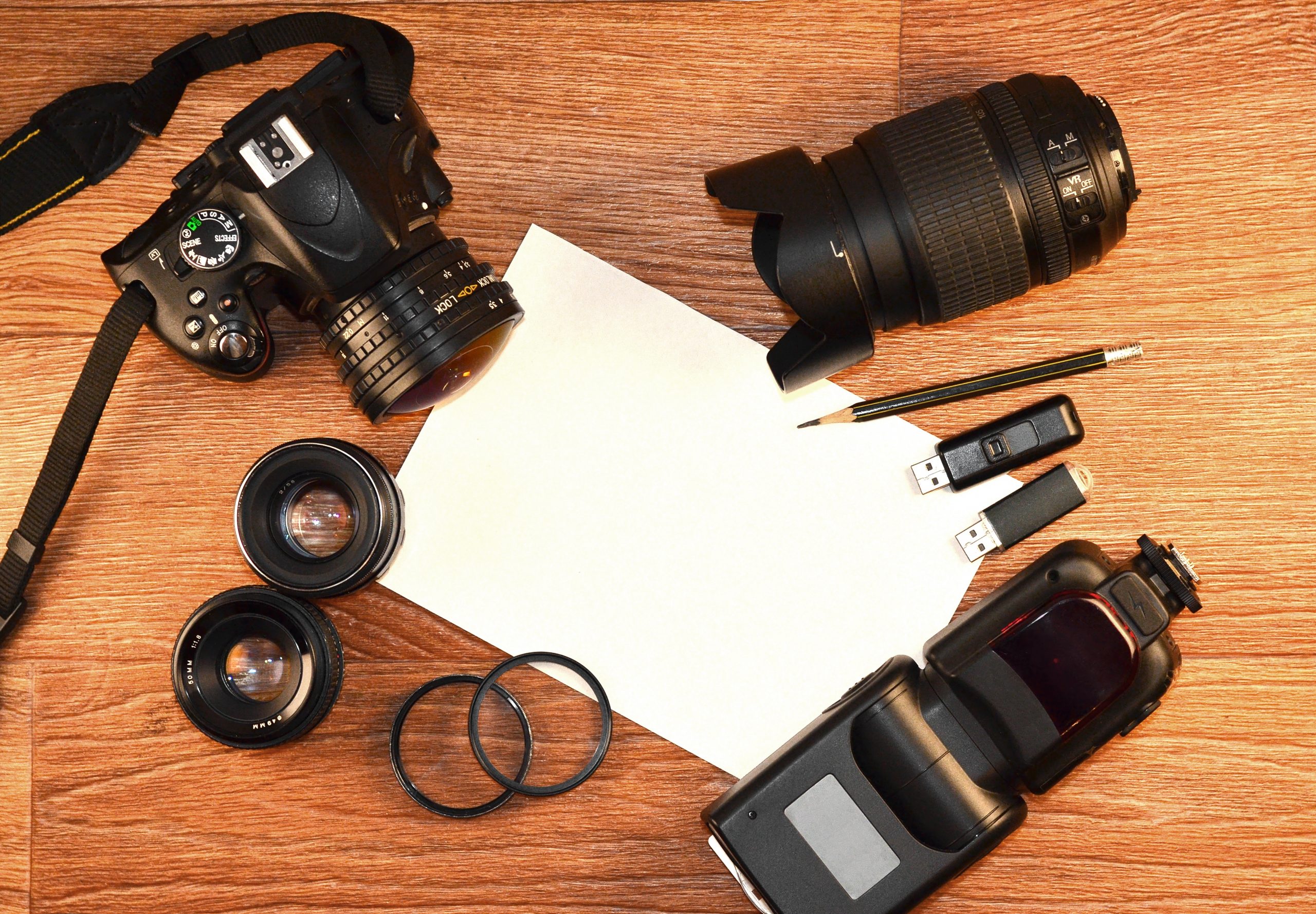
Photography, the art and science of capturing light, has journeyed through centuries of innovation, transforming how we document, express, and understand the world around us. From its humble origins to the digital age’s limitless frontiers, the journey of photography has evolved, reflecting technological, cultural, and communication changes. This exploration takes us through the pivotal moments and technologies shaping photography’s dynamic journey.
The Dawn of Photography
The story of photography begins in the early 19th century with the invention of the camera obscura, a dark room or box with a small hole or lens at one side, through which an image is projected onto a surface opposite the hole. However, the quest to capture these fleeting images led to the development of photographic processes. In 1826, Joseph Nicéphore Niépce created the first permanent photograph using a pewter plate covered in bitumen of Judea; this process took eight hours of exposure to light. This groundbreaking achievement laid the groundwork for future developments.
The Daguerreotype and Beyond
This innovation sparked a global photography craze, making portraits accessible to the middle class. The daguerreotype, photography’s early marvel, captivated the 19th century with its crisp images. Invented by Louis Daguerre, this process etched moments onto metal plates, offering the first glimpse into capturing time. However, its allure was its downfall—each piece was unique, unreplicable. Photography’s journey didn’t halt; it evolved.
The Rise of Color and Portable Cameras
Although early photography was limited to monochrome, the desire for color representations of reality was always strong. The first successful color process, the Autochrome Lumière, was introduced in 1907, using dyed grains of potato starch to filter light. This development, although cumbersome, brought a new dimension to photography, allowing for more expressive and realistic images.
The 20th century also saw significant advancements in camera technology, making photography more accessible and portable. The introduction of 35mm film and cameras like the Leica in the 1920s revolutionized photography, allowing for spontaneous, candid shots that captured the moment’s essence. This era also witnessed the birth of photojournalism and the decisive role of photographs in documenting social, political, and cultural events.
The Digital Revolution
The late 20th and early 21st centuries heralded the digital revolution in photography. The transition from film to digital sensors transformed every aspect of the journey of photography, from how images are captured and processed to how they are shared and viewed. Digital cameras democratized photography, making it accessible to millions worldwide and enabling photographers to experiment with images in unprecedented ways.
The Impact of Smartphones and Social Media
The advent of smartphones equipped with high-quality cameras and the rise of social media platforms have further revolutionized photography. This ubiquity of photography has shifted its role in society, making it a universal language of communication and expression.
The advent of smartphones and social media has transformed the tapestry of human connection, turning the world into a global village. With powerful cameras in our pockets, every moment is now capture-worthy, blurring the lines between professional and amateur photography. Yet, it’s a double-edged sword, raising concerns over privacy, mental health, and the authenticity of human interactions. As we navigate this new era, the impact of these technologies continues to unfold, shaping society in unprecedented ways.
Computational Photography and the Future
As we move further into the digital age, the boundaries of photography continue to expand. Computational photography, which uses digital computation rather than optical processes to create images, is at the forefront of this evolution. Techniques such as high dynamic range (HDR) imaging, panoramic stitching, and focus stacking are redefining what is possible, allowing photographers to capture images in once unimaginable ways.
Ethical Considerations and the Future
With the advancements in photography technology, ethical considerations have become increasingly important. The ease of manipulating digital images has raised concerns about authenticity and trustworthiness, challenging photographers and viewers to navigate the fine line between creative expression and misrepresentation. As photography continues to evolve, ethical practices and critical thinking about the impact of images will be crucial.
As we look to the future, it is clear that the journey of photography will continue to evolve, pushing the boundaries of technology and art. However, at its core, photography remains a powerful tool for communication, capable of transcending language and cultural barriers. Through this lens, we see the world and have the opportunity to understand it, share it, and, ultimately, change it.